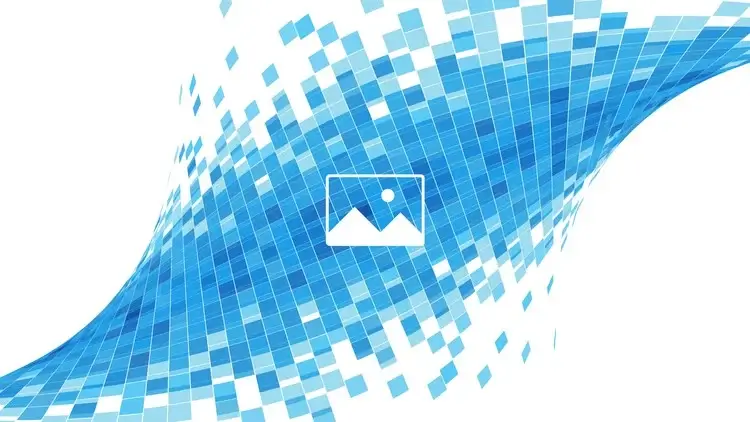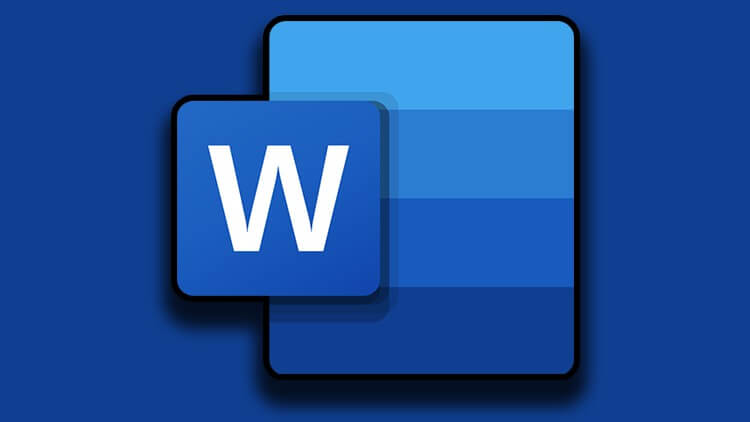Master Image Processing Using Python PIL
In the modern digital landscape, image processing has become an essential skill, widely used across fields such as computer vision, artificial intelligence (AI), digital photography, and medical imaging. Python, known for its versatility, provides a range of libraries for image manipulation, and one of the most popular ones is Python PIL (Python Imaging Library), also known as Pillow. This course will introduce you to image processing helping you gain the skills needed to load, modify, and enhance images effectively using Python.
Whether you are a beginner or someone looking to expand your skillset, this course is designed to teach you how to use Python PIL for a variety of image processing tasks. You don’t need to have advanced knowledge of Python or image processing concepts to get started; this course focuses on practical application with clear and simple examples.
what is image processing using python
After this course you can manipulate images easily for various purposes, including machine learning applications, digital artwork, and even automation of photo editing tasks. Some of the things you will learn with Python PIL include:
- Loading, modifying, and saving images in multiple formats (such as JPEG, PNG, BMP).
- Enhancing images by adjusting brightness, contrast, and sharpness.
- Applying transformations such as resizing, cropping, and rotating images.
- Working with a variety of filters like blurring, edge detection, and sharpening.
- Analyzing and extracting image data for machine learning and AI applications.
What You Will Learn in This Course
This course will teach you the fundamentals of image processing with Python PIL through hands-on examples. By the end of the course, you will be comfortable working with images in Python and applying various processing techniques.
Key Topics Covered:
Introduction to Image Processing
- Understand what image processing is and why it’s important in fields like AI, machine learning, and design.
- Learn about different types of images: grayscale, RGB, and binary images.
- Install and set up the necessary Python libraries, to get started with image processing.
Loading and Displaying Images
- Learn how to read images using Python PIL.
- Understand how images are represented in Python, including pixels, dimensions, and color channels.
- Convert color images to grayscale and display them using libraries like Matplotlib.
Image Manipulation Techniques
- Master the techniques of resizing, cropping, and rotating images using Python PIL.
- Flip images horizontally and vertically with just a few lines of code.
- Adjust image brightness and contrast using the tools in Python PIL.
- Explore converting images between color spaces like RGB, HSV, and grayscale.
Applying Filters and Effects
- Apply various filters like Gaussian blur and median filters to smooth images.
- Perform edge detection with Canny and Sobel filters to highlight features in images.
- Sharpen images to improve clarity and detail.
Morphological Operations and Transformations
- Learn about morphological operations such as erosion and dilation, often used for noise reduction and cleaning images.
- Use opening and closing operations to remove small objects or noise from images.
- Detect shapes and contours in images with Python PIL, a key technique in image analysis.
Working with Histograms
- Learn how to use histograms to analyze image data and adjust brightness and contrast.
- Implement histogram equalization to improve image contrast.
- Use Python PIL to extract and analyze color information from images.
Extracting Text with OCR
- Discover how Optical Character Recognition (OCR) works.
- Use Python PIL in conjunction with Tesseract OCR to extract text from images.
- Preprocess images for better accuracy in text extraction.
Saving and Exporting Processed Images
- Save processed images in a variety of formats, including PNG, JPEG, and BMP.
- Learn how to optimize images for web use and storage with Python PIL.
Why Take This Course?
This course focuses on providing you with hands-on experience, helping you learn Python PIL in a practical and beginner-friendly way. The goal is to make image processing accessible and easy to apply, even if you have no prior experience.
- Beginner-Friendly: No prior knowledge of image processing is needed to get started with Python PIL.
- Hands-On Learning: Learn by working on real-world projects and examples.
- Step-by-Step Guidance: Follow along with simple, easy-to-understand explanations.
- Practical Approach: Focus on practical image manipulation techniques that you can use immediately in your projects.
- Efficient Learning: Master essential image processing skills without unnecessary complexity.
Instructor
Who Should Take This Course?
This course is ideal for anyone who wants to learn image processing with Python PIL. Whether you are a Python beginner, a student, or a professional in a related field, this course is for you:
- Beginner Python programmers who are interested in image processing.
- Students and researchers in AI, computer vision, and digital image analysis.
- Graphic designers and photographers who want to automate their image editing workflows.
- Tech enthusiasts and hobbyists who enjoy working with digital images.
How Will This Course Benefit You?
By the end of this course, you will:
- Gain the skills to manipulate, enhance, and transform images using Python PIL.
- Learn how to apply practical image processing techniques in various applications.
- Improve your Python programming skills while working on real-world image processing projects.
- Build a strong foundation for more advanced topics, such as computer vision and AI.
Start Your Journey with Python PIL Today!
If you are interested in learning how to manipulate and process images using Python, this course is the perfect starting point. With step-by-step instructions and hands-on projects, you will quickly gain the skills needed to work with images and use Python PIL in your own projects. Enroll today and start mastering image processing with Python imaging library.
Contact Us for more udemy courses.
I am a skilled content writer passionate about crafting engaging and impactful content. With expertise in creating SEO-friendly articles, blog posts, and web content, I specialize in delivering compelling narratives that resonate with diverse audiences. Dedicated to quality and creativity, I ensure every piece stands out and leaves a lasting impression.



